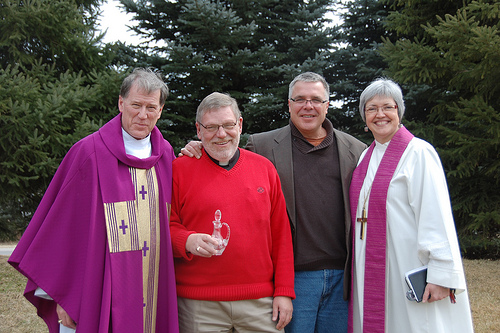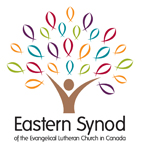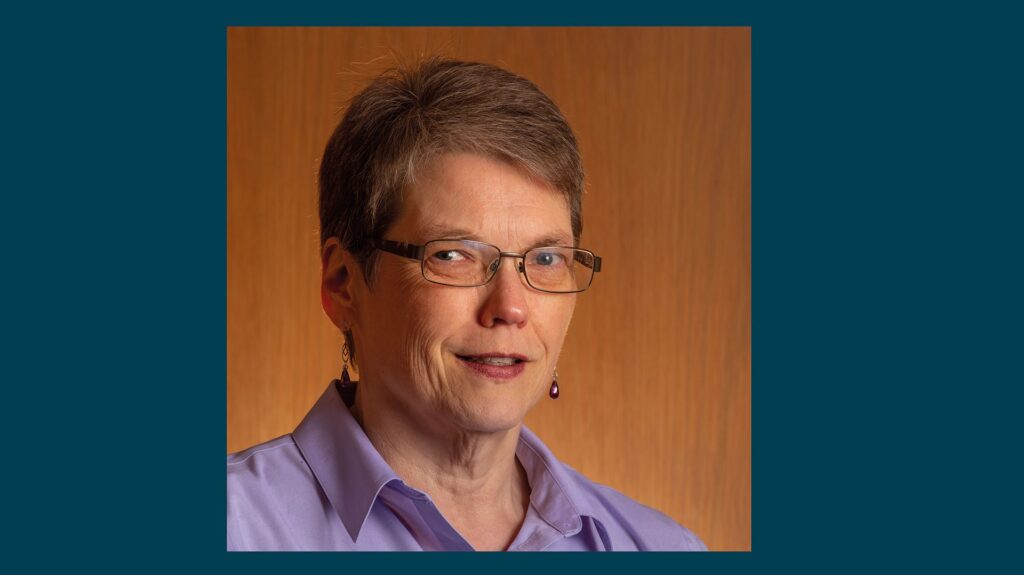For most of my time in ordained ministry, I have been privileged to participate in efforts to build and nurture our Full Communion relationship with the Anglican Church of Canada. Through this work I have been blessed beyond measure!
During my term as co-chair of the Anglican Lutheran International Coordinating Committee I was privileged to experience how Lutheran-Anglican partnerships were, or were not, being lived out around the globe. And I can say, with more than a little pride, that our international partners consistently marveled at the scope and breadth of how Full Communion was being lived out here in Canada. Joint National Assemblies. Full recognition and transmutability between traditions for orders of ministry. Joint Lutheran Anglican congregations. They wondered how any of this was possible. In response I would say that anything we’d accomplished was fully dependent on the depth of our lived relationships.
Our 2001 Full Communion declaration did not fall out of the sky “fait accompli”. It was proceeded by an 18-year process of careful and conscientious relationship building across various expressions of our respective churches.
In 1988 Holy Cross Lutheran Church in Burlington, Ontario, where I then served as pastor, was one of dozens of Lutheran and Anglican congregations across Canada that were asked to engage a designated local partner. In our case, we were partnered with St. Luke’s Anglican Church and thus began a wonderful and enlightening series of shared worship, learning and fellowship gatherings. Neighbourly relationships were established.
In 1989 our respective churches chose to enter into an experience of interim eucharistic sharing; wisely recognizing that unity at the Lord’s table would be the means, rather than the end, of experiencing deeper unity. And so, across the nation, Lutherans and Anglicans gathered at one another’s altars to share Christ’s body and blood. Sacred relationships were nurtured.
In 1991 National Bishop Telmor Sartison and Primate Michael Peers made a commitment to hosting an annual gathering of our church’s bishops in a retreat setting for the next ten years. Telmor and Michael knew that if full communion were to become a lived reality it would all depend on having established real person to person relationships with one another. Collegial and trusting relationships were forged.
By 2001, all that remained was for our two churches to publicly acknowledge what we had already experienced in relationship; that we, in fact, were churches whose relationship was one of Full Communion in Christ. And so that relationship continues to grow and deepen today.
As I reflect upon my own experience working with the Joint Anglican Lutheran Commission, it is not the countless conversations, papers, negotiations and meetings that stand out for me. Rather, it is the deep friendships that were established and nurtured; relationships whose strength provided the means by which we were able to engage the important work that our churches had set before us. Like most everything in life and discipleship, it’s really all about the relationships. And how could it be otherwise?

From left: Archbishop Fred Hiltz, Very Rev. Peter Wall, Bishop Michael Pryse and National Bishop Susan Johnson at tree planting to commemorate 10 years of Full communion in 2011.


